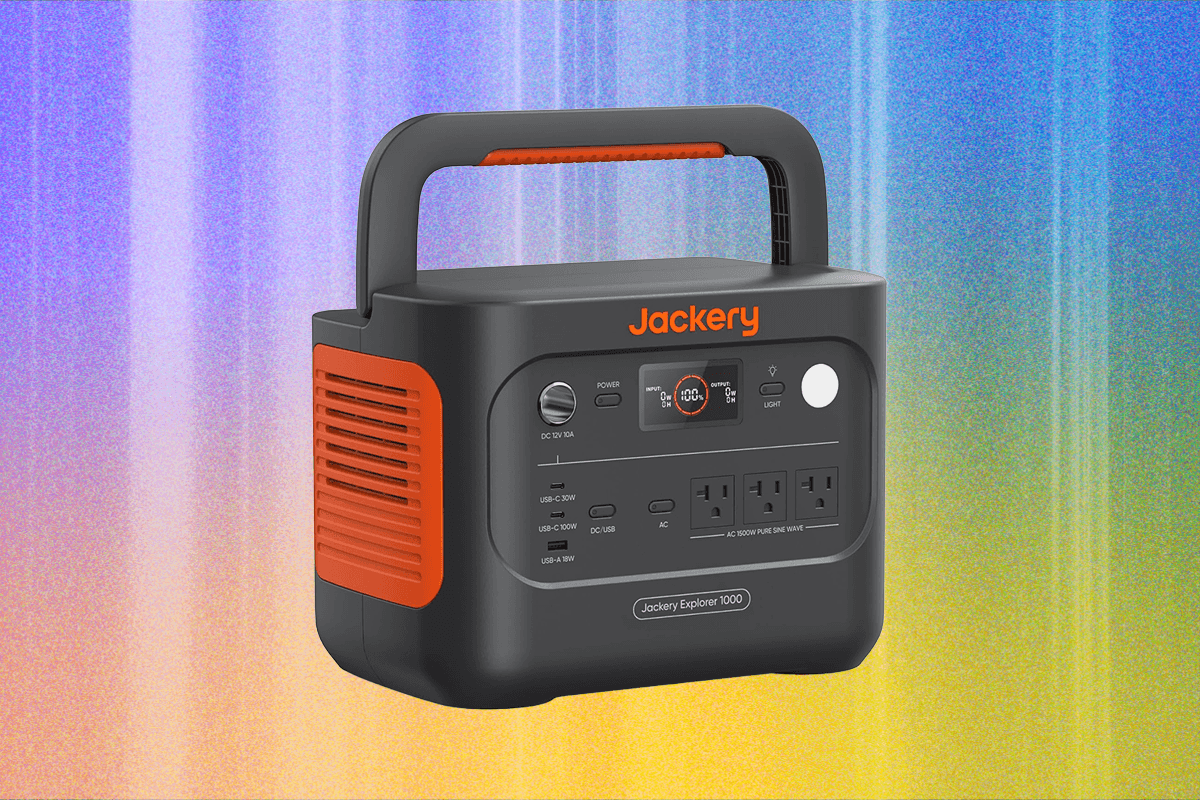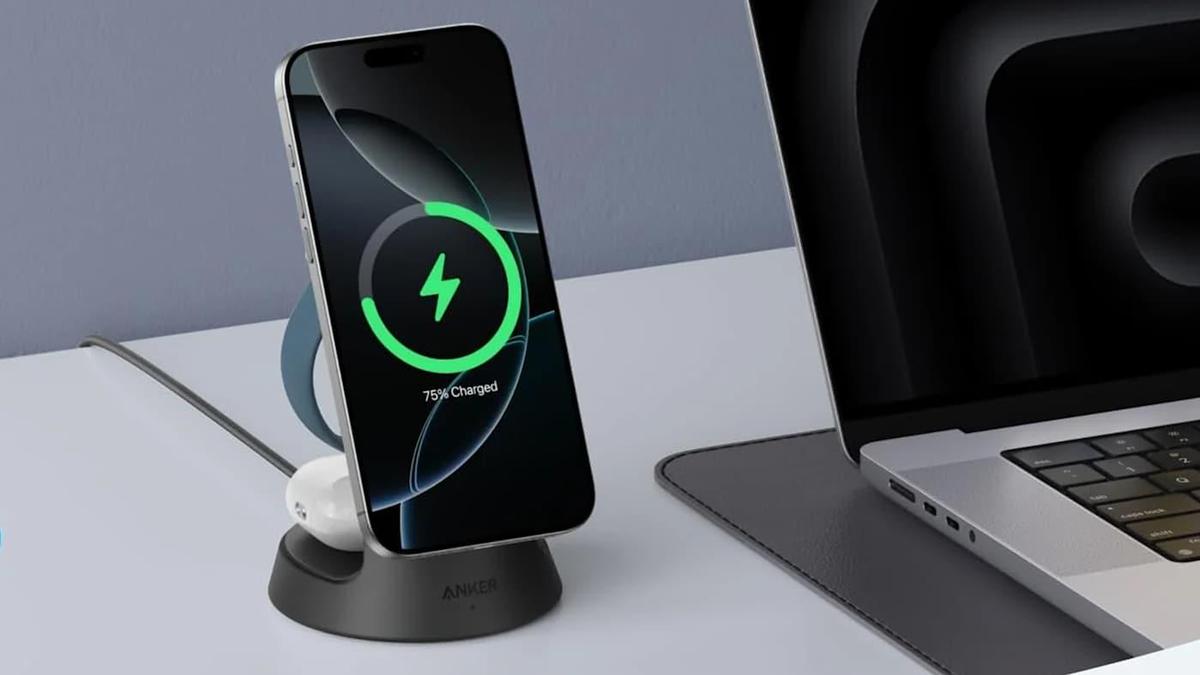Unlocking the NYT Mini Crossword: Tips, Tricks, and Tech!
Unlocking the NYT Mini Crossword: Tips, Tricks, and Tech!
The New York Times Mini Crossword is a fantastic way to sharpen your mind and enjoy a quick mental workout. But sometimes, those little clues can be trickier than they seem! Whether you’re a seasoned solver or a complete beginner, this guide will provide tips, tricks, and even a little tech perspective to help you conquer the Mini Crossword.

Understanding the Appeal of the Mini Crossword
Why is the Mini Crossword so popular? It’s quick, accessible, and provides a satisfying sense of accomplishment. Unlike its larger counterpart, the Mini Crossword is designed to be solved in just a few minutes, making it perfect for a coffee break or a commute. Its compact size also makes it less daunting for new puzzle enthusiasts.
Decoding the Clues: A Strategic Approach
The key to solving any crossword, including the Mini, lies in understanding the different types of clues. Here’s a breakdown:
- Direct Clues: These are straightforward definitions. For example, “Salsa, hummus, queso, etc.” (Answer: DIPS).
- Rhyming Clues: These clues rely on wordplay and rhymes. For example, a clue referencing a U.S. state capital that rhymes with another word (Answer: PIERRE).
- Abbreviated Clues: Look for abbreviations like “Abbr.” which indicates the answer is an abbreviation as well. For example, “A touchdown is worth six: Abbr.” (Answer: PTS).
- Fill-in-the-Blank Clues: These clues present a partial phrase where you need to fill in the missing word. For example, “Sorry, I have a ___ commitment” (Answer: PRIOR).
The Power of Patterns: Recognizing Common Words
Certain words appear frequently in crosswords. Familiarize yourself with these common entries to gain an edge:
- Three-letter words: ERE, ETA, ORE, APT, ART, ARE
- Four-letter words: AREA, IDEA, OVEN, INTO
- Five-letter words: ALERT, ARISE, IRATE, TEARS
Tech to the Rescue: Apps and Tools
While solving the Mini Crossword is a great mental exercise, technology can definitely lend a helping hand. Here are some ways software and apps can assist you:
- Crossword Solver Apps: Several apps are designed to help you solve crosswords. You can input known letters, and the app will suggest possible words.
- Online Dictionaries and Thesauruses: These resources are invaluable for looking up definitions and finding synonyms.
- Pattern-Matching Websites: Some websites allow you to enter a letter pattern (e.g., P—E) and find all possible words that fit that pattern.
Level Up Your Solving Skills: Tips and Tricks
- Start with the Easiest Clues: Building momentum is key. Focus on the clues you know immediately to fill in some letters and provide starting points for the trickier ones.
- Look for Overlapping Letters: Once you’ve solved a few clues, pay attention to the intersecting letters. These can provide valuable hints for adjacent clues.
- Consider Multiple Meanings: Many words have multiple meanings. Think about all the possible interpretations of a clue before settling on an answer.
- Don’t Be Afraid to Guess: If you’re stuck, take an educated guess. Even if you’re wrong, the process of elimination can help you narrow down the possibilities.
- Use the Check Feature: The NYT Mini Crossword app has a check feature that allows you to verify if a letter or word is correct. Use this sparingly, but don’t hesitate to use it when you’re truly stumped.
Expanding Your Knowledge Base: A Little Trivia Goes a Long Way
Crosswords often draw upon a wide range of general knowledge. Here are some areas to brush up on:
- Geography: State capitals, countries, rivers, and mountains are common crossword fodder.
- History: Key historical figures, events, and dates often appear in clues.
- Pop Culture: Movies, music, and celebrities are frequently referenced.
- Mythology: Greek and Roman mythology are popular sources of crossword clues.
The Future of Puzzles: AI and Crossword Generation
AI is increasingly playing a role in the world of puzzles. Some researchers are developing artificial intelligence algorithms that can generate crosswords automatically. While these AI-generated puzzles may not yet rival those created by human constructors, they demonstrate the potential of AI in the creative realm. Imagine a future where personalized crosswords are tailored to your specific interests and skill level!
Actionable Takeaway
Dedicate just 10-15 minutes each day to solving the NYT Mini Crossword. Consistent practice will improve your vocabulary, pattern recognition skills, and overall problem-solving abilities. It’s a fun and engaging way to keep your mind sharp!
FAQ
Q: Where can I find the NYT Mini Crossword? A: You can find it on The New York Times website or through the NYT Crossword app.
Q: Is the Mini Crossword free? A: The NYT Mini Crossword is typically included as part of a New York Times Games subscription. However, free trials are often available.
Q: What if I get completely stuck? A: Don’t be afraid to use online resources or ask a friend for help. The goal is to have fun and challenge yourself, not to get frustrated.
Key Takeaways
- The NYT Mini Crossword is a quick and accessible mental workout.
- Understanding clue types and recognizing common words is crucial for success.
- Technology can assist with solving, but don’t rely on it completely.
- Consistent practice and a broad knowledge base will improve your solving skills.
- AI is beginning to play a role in puzzle generation.
So, grab your digital or paper puzzle, sharpen your mind, and get ready to conquer the NYT Mini Crossword! Happy solving!
Source: CNET



